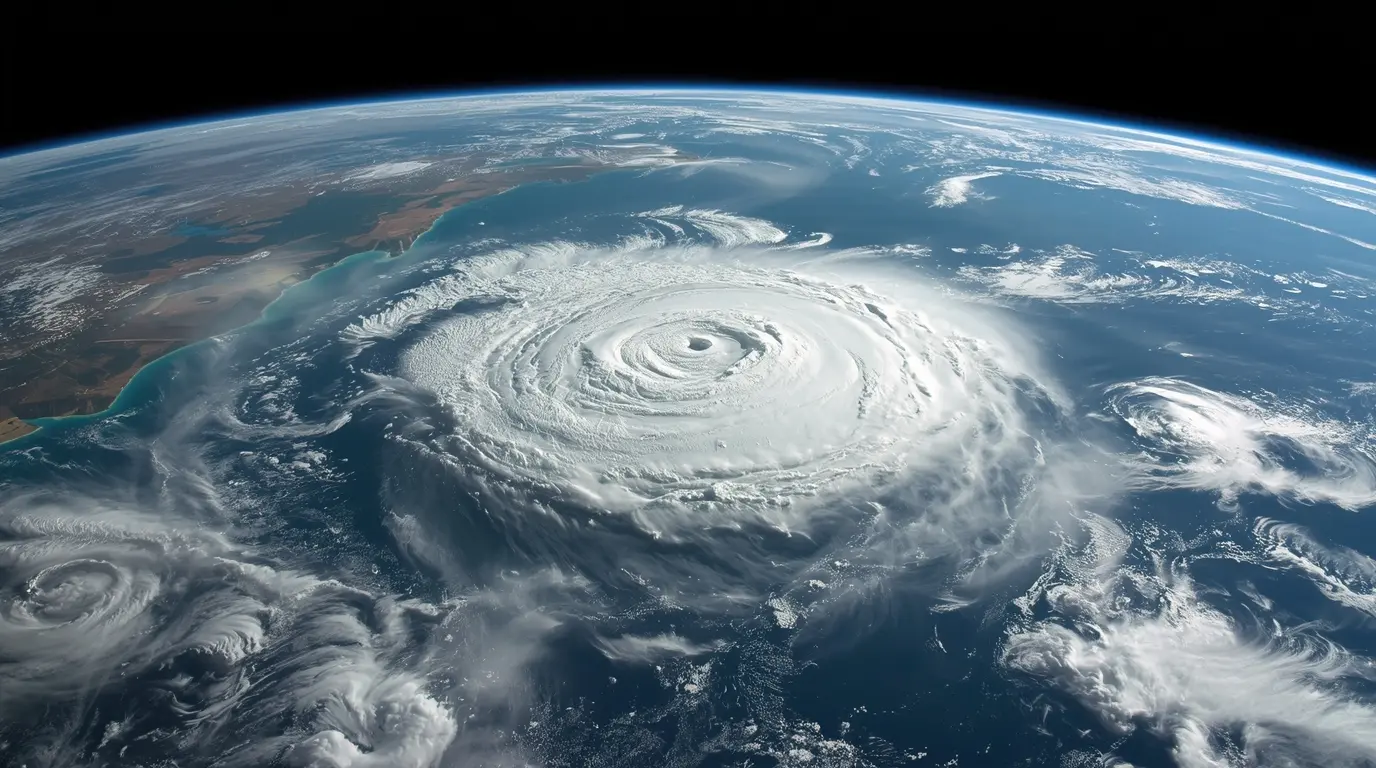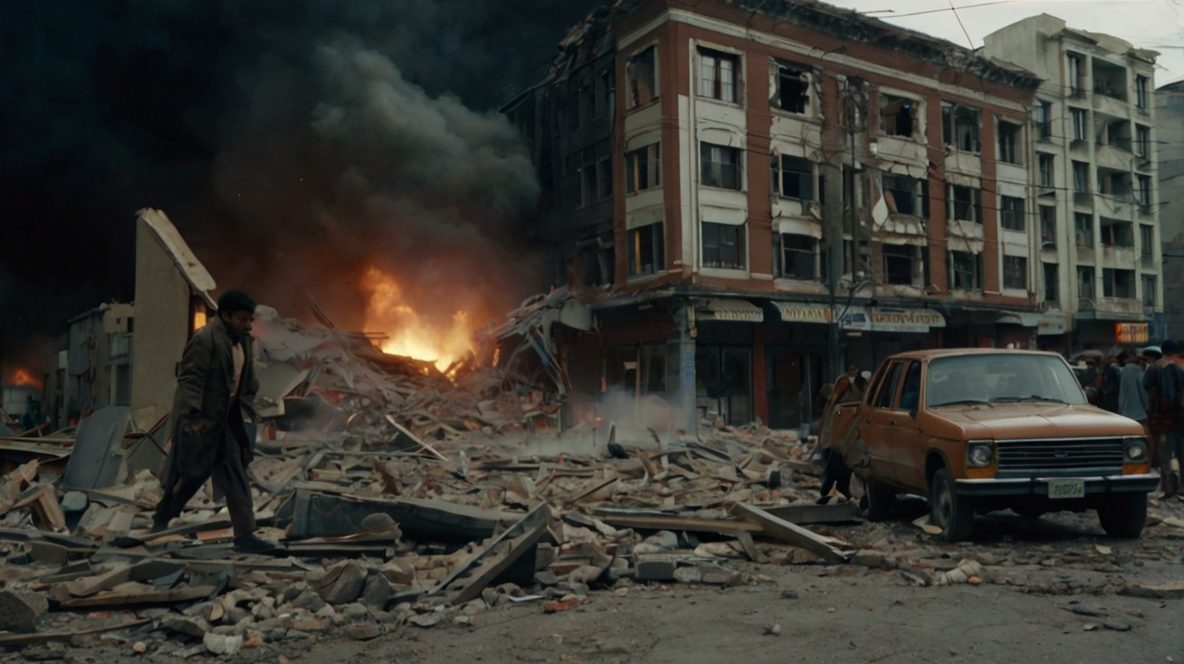Typhoon Kajiki Strikes Central Vietnam
Typhoon Kajiki struck central Vietnam early Monday, slamming ashore close to Da Nang and proving once again how unstoppable nature can be. After soaking up fuel from the South China Sea, the storm flew into a monster, bringing screams from the sea, sky, and land: monster winds, a fierce storm surge, and rain that never seemed to end. Now the countryside and several cities can only start counting the broken parts. Da Nang and the coast all the way to Quang Nam are testing the nerves of the phony calm that always precedes the waves, wind, and rain. It’s one of the biggest peacetime evacuations the country has launched—a scramble to move a million people who still sleep on the sand every night. The story repeats itself: on the coast, people keep groaning that leaving home early didn’t help the home stand a chance.
The Storm’s Unforgettable Fury
The Vietnam National Center for Hydro-Meteorological Forecasting says Kajiki slammed in like a short, raging Category 3 hurricane, muttering winds of 125 mph (201 km/h) in a fierce whisper. Those winds turned ordinary documents into killer blades, twirled tin roofs like frisbees, and crashed trees into power lines and homes with each howling breath. The official damage is still framed in words, and everyone already fears the wilder, more honest story that tomorrow’s light and the flood waters will tell. The worst danger right now, even more than the winds, is the storm surge. Kajiki is pushing a thick wall of seawater straight up the coast, swallowing flat coastal areas one block at a time. Add to that the rains that are already hitting the up-hundred millimeter mark, and the water is rising fast. Roads are vanishing, towns are cut off, and whole neighborhoods are going underwater. The colossal flow of water that Kajiki carries is now the biggest worry for the rescuers.
A Nation’s Coordinated Step is Protecting Lives
Taking lessons to heart from past typhoons, Vietnam’s leaders launched a coast-wide, no-hesitation evacuation. The order to move more than a million people to sturdy high-ground shelters, school halls, and public buildings is a key buffer against the storm’s rage. Moving so many to safe zones ahead of time is looking to be the strongest life-saving move against a typhoon of this strength. “The priority now is search and rescue,” an emergency official declared during a live broadcast. “Typhoon Kajiki sliced through Kajiki like a hot knife through butter, and rescuers are battling mud, broken roads, and falling trees to get to anyone trapped. The wreckage is terrible, and every second matters, so our only goal is to save as many lives as possible.” Steady, heavy rain bands from Kajiki are still sweeping in, sending rivers toward record highs that threaten additional flooding for at least several days. The mountains west of Da Nang are especially dangerous; forecasts warn that further rain will loosen soil, triggering landslides that can seal off escape routes and cut supplies to already hard-hit areas.
After the Eye: What’s Next for Kajiki
While Kajiki’s eye moves east toward Laos, meteorologists expect the storm to weaken, but its downpours will still hammer the entire central region and further stretch of mainland Southeast Asia. Right now now, the focus inside of Vietnam stays glued to the central provinces. Emergency teams and supplies are still being routed into the region, and crews are racing the clock to clear obstacles whenever clearing weather allows. First reports from hard-hit areas show widespread destruction. Power is out across vast regions, cell towers are silent, and key infrastructure lies in ruin. The total toll taken by Typhoon Kajiki will not appear until more water recedes, and crews can enter remote zones and begin counting the damage. Kajiki, the name sent in by Japan, means spearfish. This spearfish, however, will be memorialized for the punch it packed, not the fish it named. Cities, towns, and rivers across the coast each carry another story—one of vigilance and readiness mixed with the hungering will to bounce back. Coming back from a storm of Kajiki’s weight will be a marathon. Already, international relief crews are linking up with Vietnam’s government. Supplies of clean water, food, medicine, and emergency shelters will fill planes. Advisers and workers from many countries are now reviewing maps, and relief is moving. The world is waiting and is ready to help Vietnam turn a region of storm and flood back into a region of healthy families and safe communities.
Stay updated with reliable news:
Sports: Sport Flash HQ
Business: Biz Rush
Weather: The Climate Post
Travel: Neon Report
US Local: 24 Hour Bulletin
India Finance: The Lucky Ledger
General: The Chrono Post



